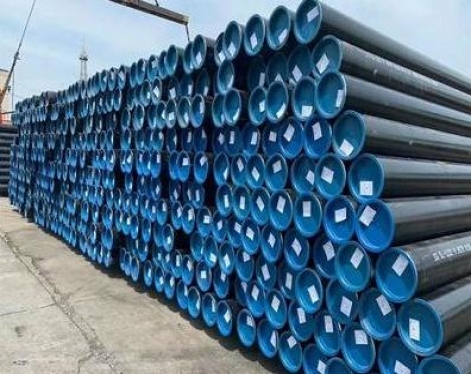
API 5L line pipe is a pipeline that transports the oil, gas or water extracted from the ground to the oil and gas industry enterprises through the line pipe. API 5L line pipe includes two kinds of seamless and welded pipe, and its pipe ends include flat end, threaded end and socket end; its connection methods are end welding, coupling connection, socket connection, etc.
Read more
Different from the seamless steel pipe, which is directly perforated by round steel, the welded pipe is a steel pipe made of steel plate or strip steel after crimping and welding.It is easily affected during the welding process, resulting in cracks, pores and other defects in the steel pipe (especially the weld part)
Read more
Stainless steel seamless pipe is a kind of hollow long round steel, which is mainly used for industrial pipelines and mechanical structural parts such as petroleum, chemical industry, medical treatment, food, light industry, mechanical instrument and so on. It is widely used due to its good corrosion resistance
Read more
Excess weld metal refers to the height of the metal on the line connecting the two toes on the surface of the weld. There should be excess weld metal in the welding process of the welded pipe. Because it plays the role of the last layer of heat preservation and slow cooling, it plays a great role in refining grains and reducing welding stress. It is also a collection area for inclusions such as pores.
Read more
Cracking is one of the common defects of seamless steel pipe. When the seamless steel pipe is quenched, it will also cause cracking of the seamless steel pipe due to improper handling.
Read more
Low carbon steel pipe is a carbon steel pipe with a carbon content of less than 0.25%. Due to the low carbon content of low carbon steel and good weldability, it is usually not necessary to take special technological measures to obtain high-quality welded joints. Seamless steel pipes, alloy pipes, low and medium pressure boiler pipes, and oil pipes are mostly low carbon steel pipes.
Read more